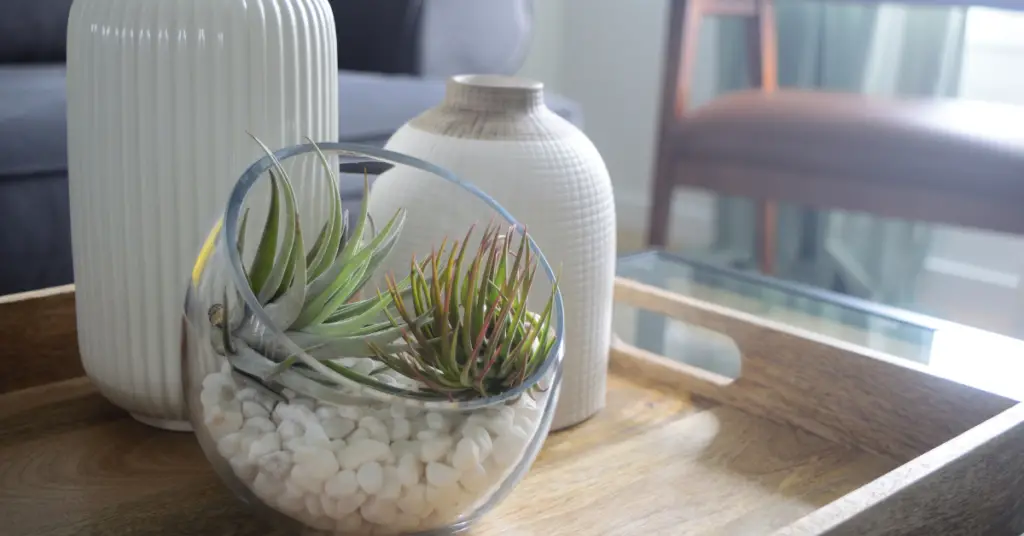In the fight against global warming, our objective is to rid the air of greenhouse gases. We’re all aware of the outside haze of pollution from planes, trains, automobiles, and factories.
But did you know that the air inside is often evenmore polluted? By changing the products that we purchase for our home, we can clean up our indoor air and contribute to the change in global air composition as well.
Indoor air can be filled with petrochemical off-gassing, not to mentionmolds, smoke, formaldehyde, and radon. These pollutants can contribute to everything from asthma to lung cancer, to heart disease to, you guessed it, global warming.
How can I purify the air in my home naturally?
One simple way to improve your indoor air is to take a look at your cleaning products. Instead of using harsh industrial chemicals (including bleach and amonia), use natural cleansers like baking soda, hydrogen peroxide, borax, and vinegar. These alternatives can be used for everything from washing windows to disinfection, and they don’t release gases and contribute to global warming the way mass-marketed products do.
Another recommended step is to change the interior air filter regularly. This can help collect dust particles, allergens, pollen, and pet dander that you would otherwise inhale, plus it can do wonders for carbon consumption.
According to climatecrisis.net, cleaning a dirty air filter can save 350 pounds of carbon dioxide a year. Home air filters work by keeping the coils and heat exchanges on the heating and air conditioning system clean.
Dirty coils and heat exchanges make the system work harder, so keeping the filter clean will not only help prolong the life of your HVAC (heating, ventilation, and air conditioning)unit, it will also help it to work more efficiently, using less energy and creating less carbon.
A quality air purification system is also important for optimal air quality. HVAC air filters can only do so much. HealthyLiving’s prescription indicated that Health Quest Technologies’ Pionair Air Treatment System may be the best for eliminating of volatile organic compounds(VOCs) and particulate, plus it is among the lowest in energy consumption, and it is quiet and requires little maintenance.
You may also want to have your house checked for radon, a gas known to cause lung cancer. If the levels are too high, the situation will need to be professionally remediate.
Plants have also been studied as a potential indoor air cleaner, and they naturally thrive by converting CO2 into oxygen. Some of the best species forridding the air of CO2 include English ivy, heart leafed philodendron, and green spider plants.
Houseplants are a wonderful choice for freshening up your indoor environment, but do be aware that over watering houseplants may promote the growth of microorganisms in the soil, leading to potential health problems,especially for people who are sensitive to molds.
By simply being aware of the factors that pollute your indoor environment, you can take steps to clean it up!

Erzsebet Frey (Eli Frey) is an ecologist and online entrepreneur with a Master of Science in Ecology from the University of Belgrade. Originally from Serbia, she has lived in Sri Lanka since 2017. Eli has worked internationally in countries like Oman, Brazil, Germany, and Sri Lanka. In 2018, she expanded into SEO and blogging, completing courses from UC Davis and Edinburgh. Eli has founded multiple websites focused on biology, ecology, environmental science, sustainable and simple living, and outdoor activities. She enjoys creating nature and simple living videos on YouTube and participates in speleology, diving, and hiking.

